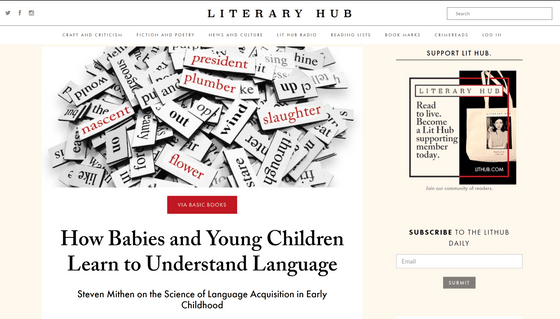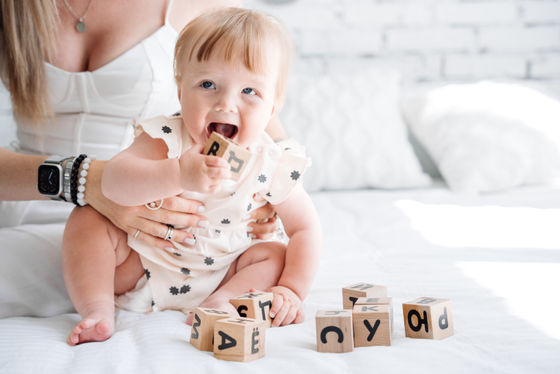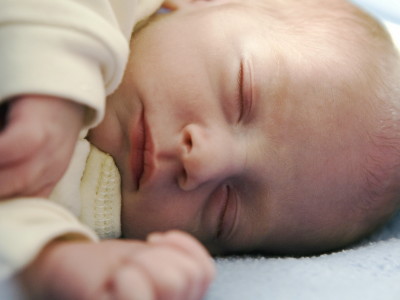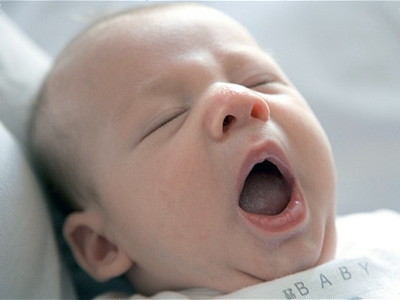How do babies learn language without knowing anything?

Stephen Misen, a prehistorian at the University of Reading, explains how babies acquire language.
How Babies and Young Children Learn to Understand Language < Literary Hub

When speaking, humans utter many words fluently and without pause. Although sound alone does not distinguish between words, speakers of the same language can still distinguish between words and automatically parse and understand the components of a sentence.
Humans unconsciously memorize the prosody of a language they are familiar with, such as how the accent is placed and how pauses are inserted between phrases, and use it without even realizing it. On the other hand, when hearing speech in a completely unfamiliar language, it becomes impossible to identify the breaks between words, let alone their meaning.
Babies are born without knowing any of the languages their parents speak, but they hear external sounds while they are in the womb, and their brains are already working to prepare for language processing after birth. The rhythm of language differs from language to language, but even babies who are only three days old prefer the rhythm of their parents' language.
Although babies have a sense of rhythm, they have no concrete knowledge of language at birth. But whatever language their parents speak, children usually speak their first words by about age one, and by age two they can string words of their native language together in the correct order to form simple sentences. By age four, even without any formal education, children have learned over 1000 words and understand the rules for combining words to create meaningful words and how to vary the tone of speech to express meaning flexibly.

This method of language acquisition in babies has been the subject of research in the field of language research. Jenny Safran, Richard Aslin, and Elissa Newport conducted research on how babies find words and word breaks in language acquisition, and published a paper on their findings in Science magazine in 1996. According to the paper, babies use the transition probability between syllables to distinguish whether syllables are 'the same word' or 'different words.'
For example, the English word 'pretty baby' is made up of four syllables in total: 'pre-ty-ba-by.' Babies can recognize that 'pre' is likely to be followed by 'ty' and 'ba' is likely to be followed by 'by,' while 'ty' is unlikely to be followed by 'ba.' This means that they can properly understand the two words 'pretty' and 'baby.'
Related Posts:
in Note, Posted by log1d_ts







